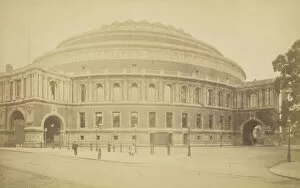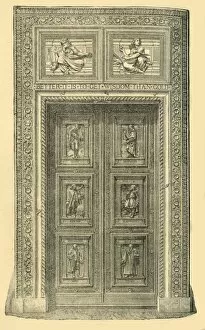Francis Fowke Collection
Francis Fowke, a name that resonates with architectural brilliance and innovation, left an indelible mark on the world of design during the late 19th century
All Professionally Made to Order for Quick Shipping
Francis Fowke, a name that resonates with architectural brilliance and innovation, left an indelible mark on the world of design during the late 19th century. As Captain Fowke of the Royal Engineers, he showcased his exceptional talent by creating iconic structures that continue to captivate us today. One such masterpiece is the Royal Albert Hall, an architectural gem constructed between 1850 and 1900. Although its creator remains unknown, it stands as a testament to Fowke's visionary genius. This grand concert hall has become synonymous with elegance and artistic excellence. Fowke's prowess extended beyond this renowned venue; he also designed the Great Exhibition Building. An engraving from that era showcases his meticulous attention to detail in crafting this magnificent structure. It served as a symbol of progress and ingenuity during one of history's most significant exhibitions. His contributions were not limited to exhibition buildings alone; Fowke played a vital role in shaping museums as well. The Ceramic Gallery at South Kensington Museum, captured beautifully by John Watkins in 1876, reflects his ability to blend functionality with aesthetic appeal seamlessly. The Central or Loan Court within South Kensington Museum further exemplifies Fowke's mastery over space and design elements. Watkins' lens transports us back to the 1860s when visitors would have marveled at this stunning interior arrangement. Fascinatingly intricate designs for ceilings emerged from Fowke's creative mind during the same period. Though their original creators remain unknown, these blueprints showcase his versatility across various architectural elements. Another remarkable creation was the Central Recess in Principal Quadrangle – an enchanting space where art enthusiasts could immerse themselves in beauty curated by Fowke himself. Watkins' photograph allows us a glimpse into this captivating corner frozen in time. The Sheepshanks Gallery within South Kensington Museum serves as yet another testament to Francis Fowke's vision brought to life through Watkins' lens.

















